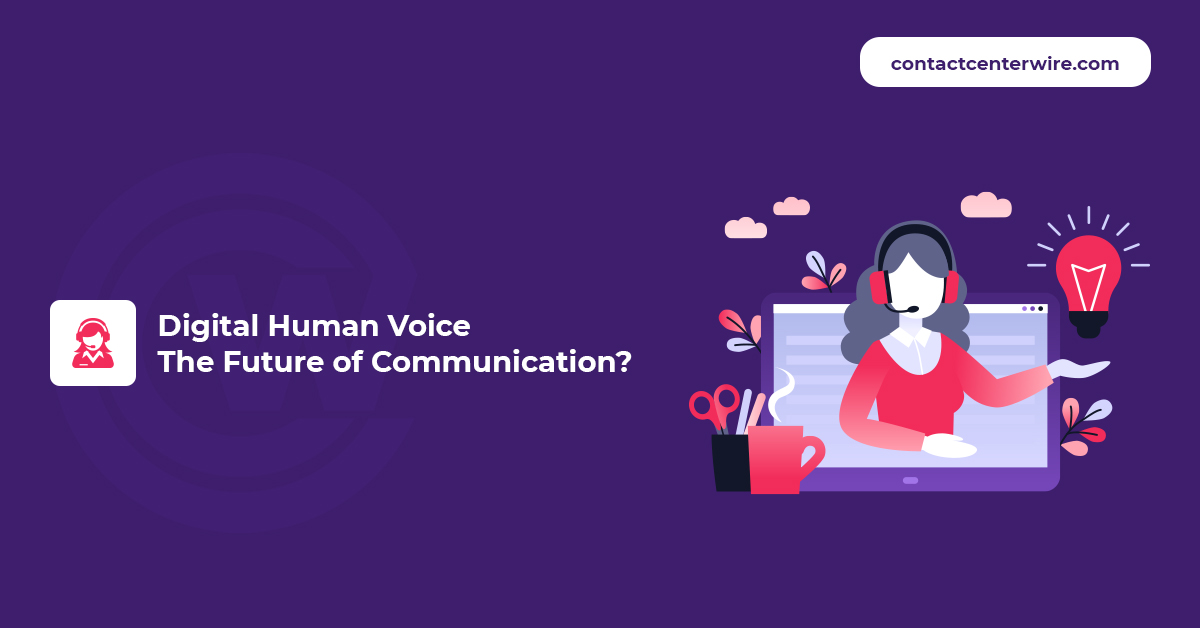The importance of chatbots in today's business communication cannot be overstated, as few tools make life so much easier for businesses. Automating first-level administration saves a lot of time, human resources, and, not least, money for those who integrate the technology. The potential for use is not limited by industry, time of day, or geography. However, it is important to know that chatbots have their limitations.
Virtual space above L1
Those dominant industry service providers that need to serve complex customer needs - be it managing a food company's coupon code sweepstakes or a contact center service supporting an electric car charging network across seven countries - are typically already multi-lingual as the next stage of the platform, hybrid systems combined with live chat, or artificial intelligence-based voice bot tools, and integrate them into their clients' communication systems, whether for customer-facing or internal communications.
Building a multilingual chatbot presents a complex and exciting professional challenge for the team, not only for the developers but also for the customer support team, operators, and team leaders. Here's what the Implementation Manager at United Call Centers had to say:
"Millions of comments, lots of content creation in every language where the service is available. The icing on the cake is the native language proofreading of the chatbot flow, as a common English phrase often means something completely different in Dutch or French. The limited number of characters due to the format is just for interest. The implementation of such a project sometimes means several months of active daily work and testing for the whole team."
Hybrid solutions
Live chat support provides a more accurate answer to any problems that arise, but this requires human staff in today's state of the art.
“In more complex campaigns, where we don’t just have to answer recurring questions and respond immediately to any questions that arise, from reporting a bug to the public to SaaS administration to corporate fleets, we often use the latter solution. This allows customers to ask more freely, which significantly improves the customer experience if, for example, the client's products and services also have strong technological implications. It often happens that the chatbot answers everything, but based on the feedback, the hybrid solution provides a higher level of service in many areas.”
The future of automation
We can hear a number of opinions from key players in the industry at the international level that the future belongs to services based on the digitized human voice. Over the last five to six years, there has been a lot of technological investment in what is now truly fantastic analytical and digital channels. Predictive text analysis tools have become available on a daily basis that can act proactively and understand what the customer wants. At the same time, many of the leading developers in the business services sector are currently focusing on taking the automation capabilities of the human voice, VoiceBot and IVA, to a new level. At this level, artificial intelligence is no longer only able to provide voice-based customer support, but can even be taught to express emotions.
Man in the machine
Why is this important? The human voice is the oldest, most authentic form of communication. It never gets old, it builds unique trust with customers. But it is also the most expensive form of communication. Leading companies are therefore currently working on cheaper, stable, enjoyable, and realistic alternatives to replace IVR and CAVR systems and integrate newer technologies such as NLP, natural language processing, or conversational AI tools.
The time is near when we can even perform emotion analysis and sensing in the real-time analytics space, and where the human voice can become a digitized, affordable channel. But let's hear, how it works in practice!
The UCC Digital Agent
The UCC Digital Agent is a revolutionary tool in the market for voice and AI-based customer service tools. Its advantages are based on user feedback so far:
- It allows full automation of general administration.
- Reduces waiting times to less than 30 seconds in all cases.
- Reduces the number of agents required by 40%, so that the customer service agent can join the conversation at any time.
The service, the result of a joint effort between United Call Centers and outer collaborators is now available. The developers aim to provide a cost and resource-efficient customer support solution to any customer worldwide where a high volume of repetitive questions in any area requires voice response, or where the number of inquiries regularly rises to a level where maximum customer experience would no longer be sustainable with the team available.



